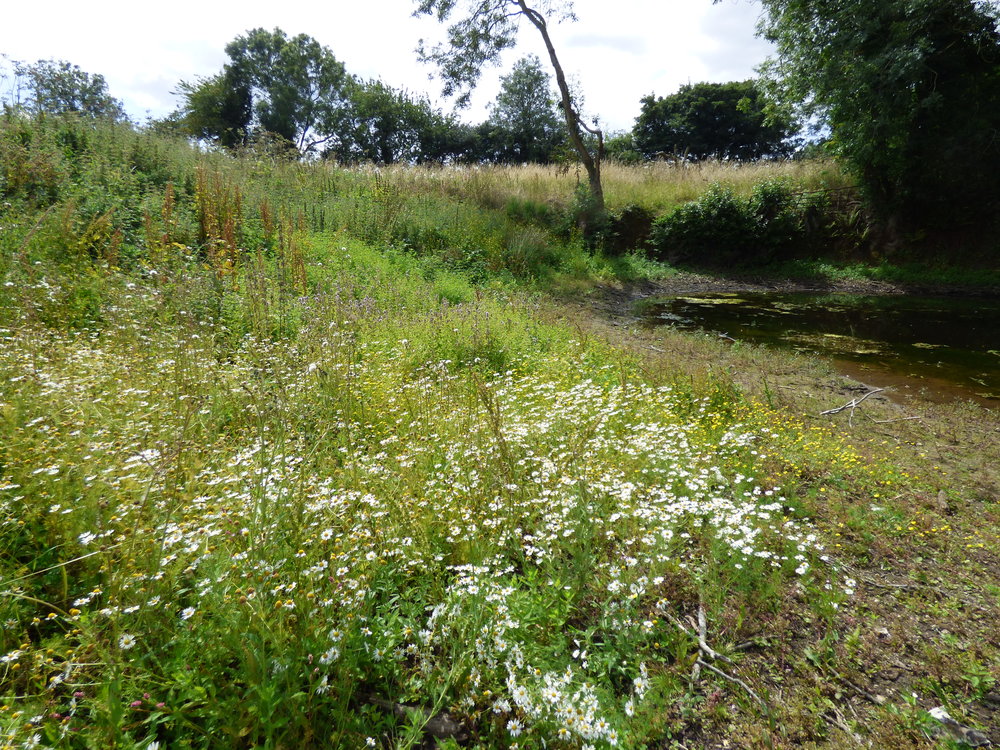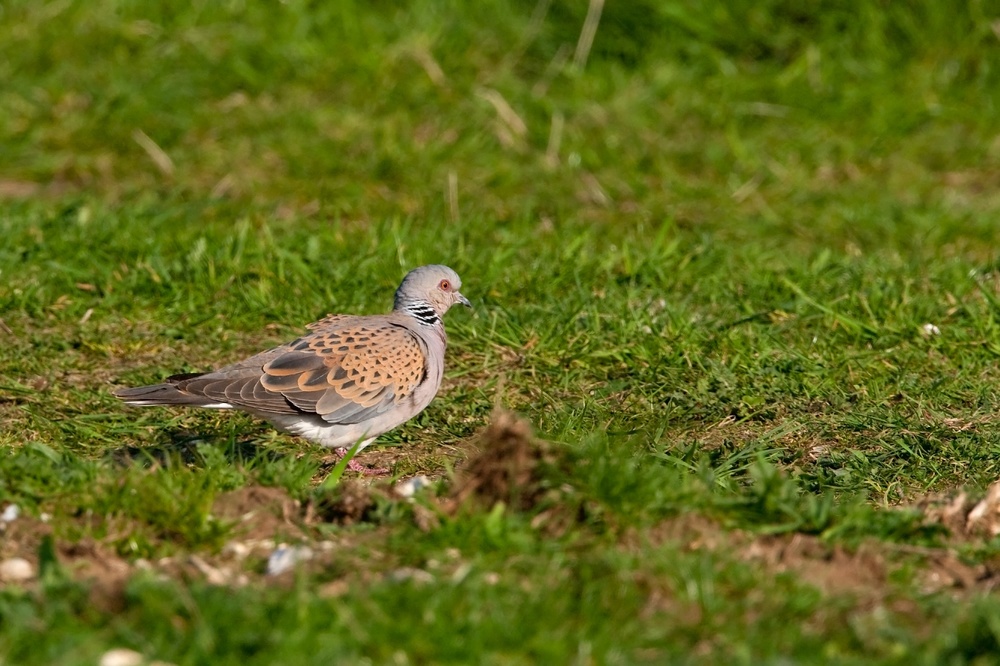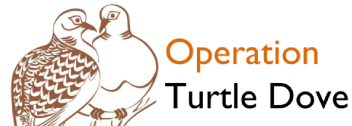Chrissie Kelley, Head of Species Management at Pensthorpe Conservation Trust in Norfolk talks about turtle doves, farms and people…
Spending time on a farm is always a pleasure but on a warm clear spring day, with a group of farmers who are really keen to make a difference, it was a privilege. The farmers are all members of the farmer run Upper Wensum Cluster Farm Group (UWCFG), facilitated by Norfolk FWAG (The Farming & Wildlife Advisory Group for Norfolk) covering more than 6000 hectares of the internationally important Wensum Valley. The Group, founded in 2015, chose turtle doves as their flagship species and are now starting to implement measures aimed to benefit this sadly declining bird.
Ponds that are both accessible and suitably sited can provide vital drinking water for the birds, particularly important during the breeding season as the young squabs rely on crop milk, a seed and water mix. ’17 Ponds in 2017′ is inspired by the work of Norfolk Ponds Project and will create and restore 17 ponds this year in collaboration with the UWCFG. There is now so much support for new and restored ponds within the Group that we may end up with more than 17, which can’t be a bad thing for the numerous species that a good pond can support.

Explaining what turtle doves need out on a farm with knowledgeable farmers is the best way forward, they know their land, their soil and of course, timing which farmers rely so heavily upon. Turtle doves eat seeds of crops and weeds, which they forage for on a sparsely vegetated ground. Fertile soil does not work. The picture of the farmers above at our UWCFG meeting is on a field which was sandy and therefore lower yield. One key issue with turtle doves is the availability of weed seeds on their return from their winter grounds in April/May. Discussions with the farming group followed regarding possible autumn cultivation, which would encourage earlier seed production.
Tall mature hedgerows four metres or so are perfect for turtle doves; they aren’t great nest builders, so they need some structure in which to construct their simple nests. A drive around the farm highlighted potential hedgerows suitable for turtle doves, near to water and food. Of course, we aren’t just talking about now, this year or perhaps even next year. This is longevity planning, putting in place the infrastructure needed to give turtle doves the best chance of success on their relatively short breeding visit here in Norfolk.

One last thing we talked about was baseline surveys; a critical step for conservation, a snapshot to find out what is there now and a way of discovering out what difference any measures actually make. I am looking forward to building up a picture of the Group’s land, where turtle doves are now, the habitat they are preferring and where the gaps are. Monitoring and collating related data of the land is so important that we created a community project purely for it – Wensum Monitoring.
Featured image shows a Upper Wensum Cluster Farm Group meeting. Photo credit: Heidi Smith/Norfolk FWAG.









